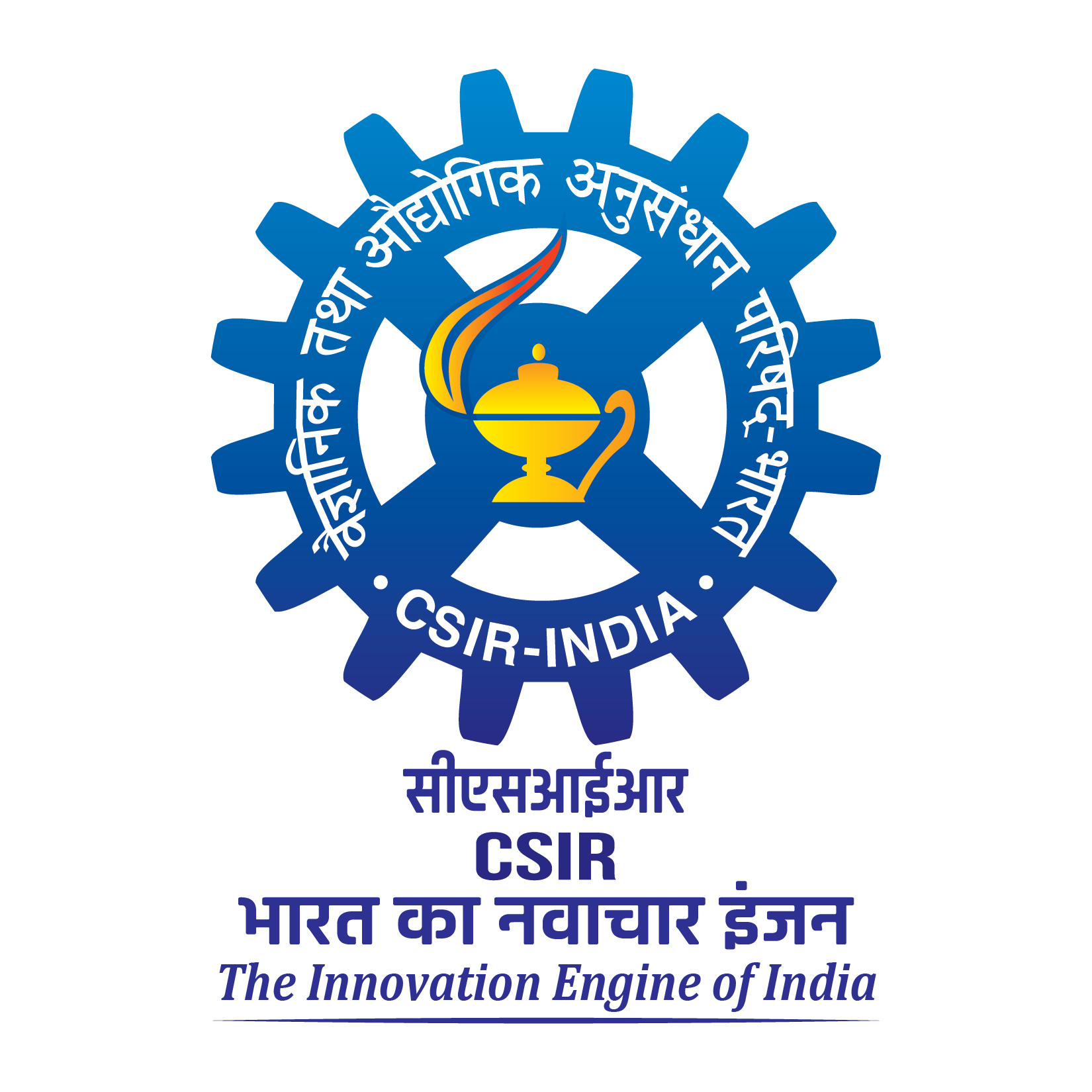by Stella Jes Varghese, Sajani Surendran, Kavirajan Rajendran, Subimal Ghosh, Akio Kitoh, Karumuri Ashok
The increase in water holding capacity of the atmosphere with temperature, given by the Clausius-Clapeyron (CC) relationship, describes the changes in extreme rainfall intensities at warmer atmospheric states. We study the characteristics of extreme rainfall events (EREs) during the Indian summer monsoon season with respect to thermodynamic changes and precipitation-scaling over the Indian subcontinent and its homogeneous rainfall zones. We utilize outputs from a present-day climate simulation and a time-slice future climate change projection experiments of a high-resolution global climate model. Large changes are seen for very EREs (vEREs) which suggests their sensitivity to warmer temperatures. In future, the altered radiative forcing will heat up the upper atmosphere, stabilize it and offset the effect of increasing humidity on precipitation intensity. Our analysis also suggests that more convective clouds and the interplay of increased moisture content and circulation will result in future changes in EREs.

